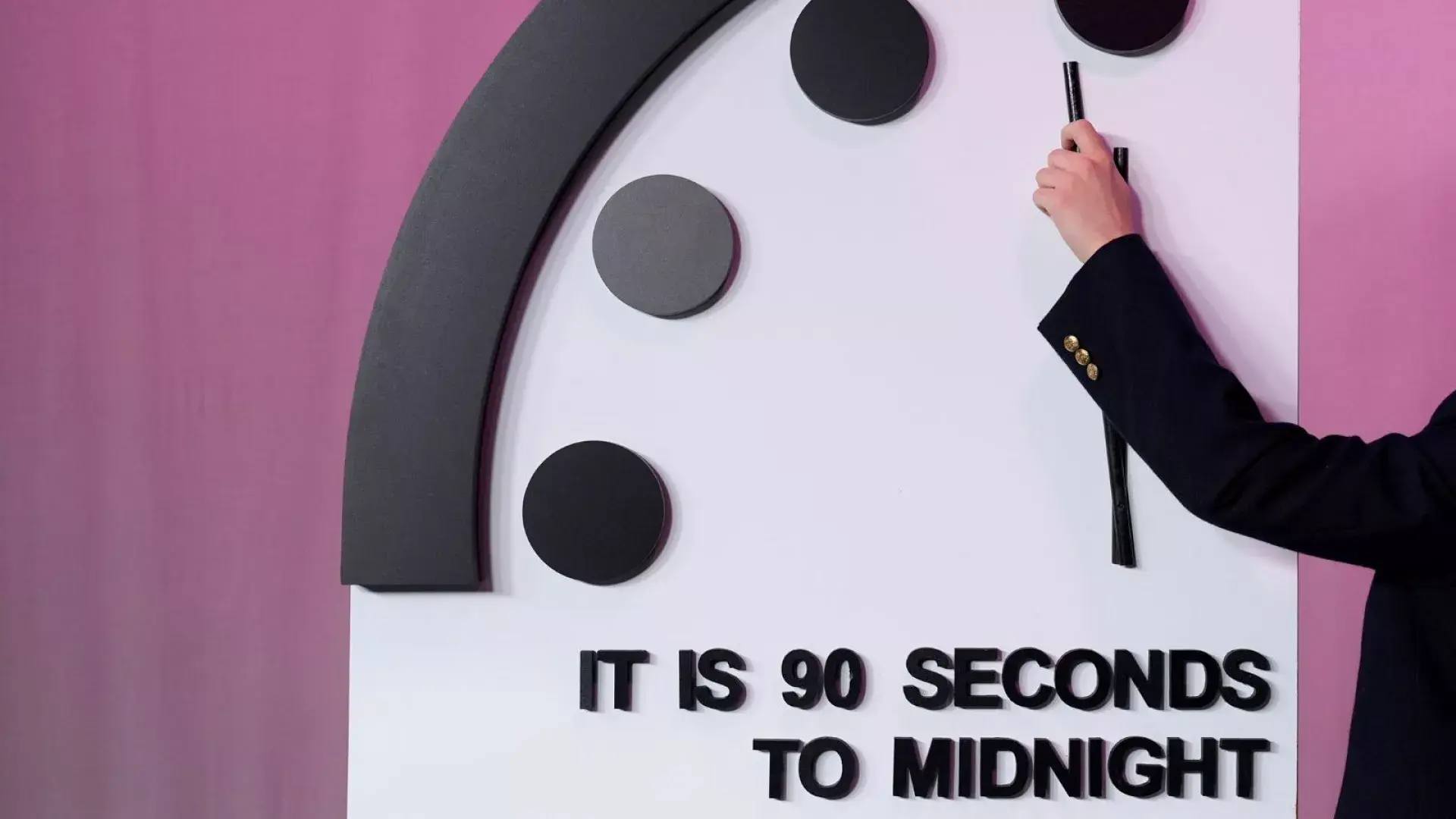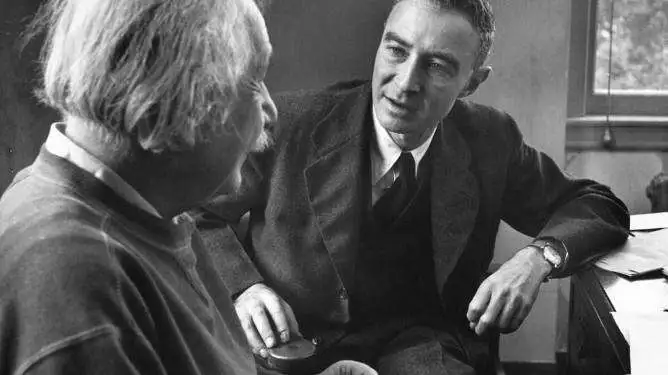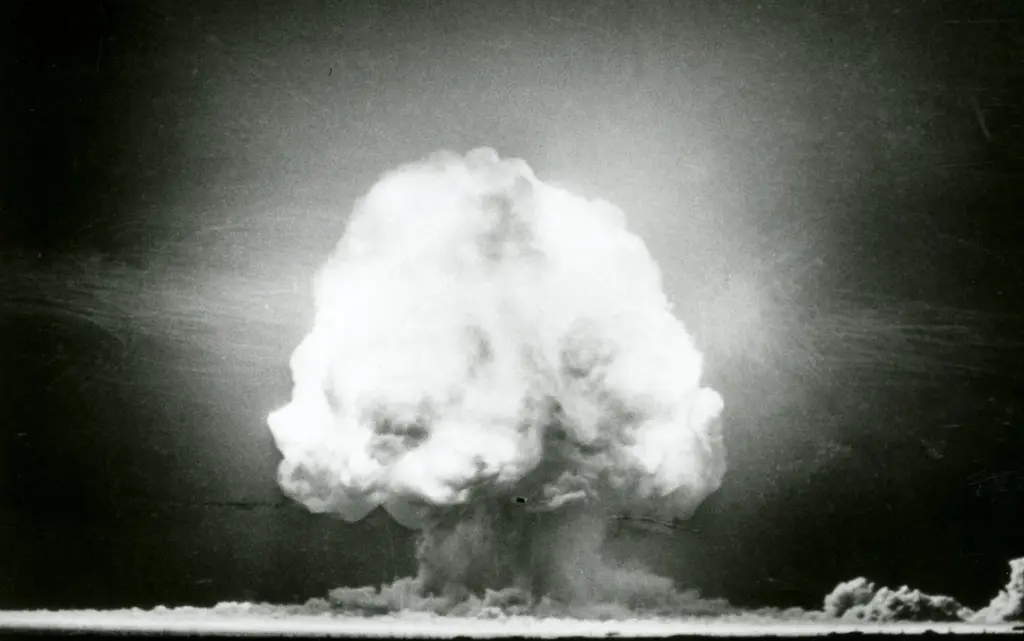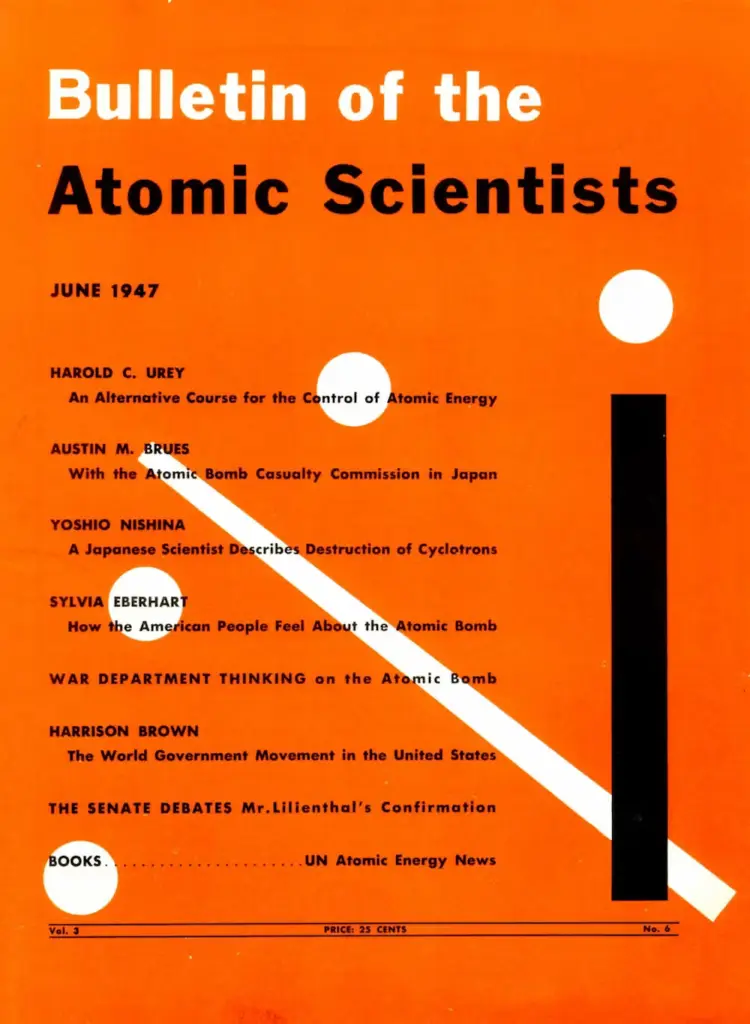
Britain’s Nuclear Deterrent Development – Part 12
On 4 October 1957, the Soviet Union began the Space Age by launching Sputnik 1. It was the world’s first artificial satellite – so called

The Doomsday Clock, a symbol created during the early years of the Cold War, serves as a metaphorical representation of the world’s proximity to a global catastrophe, especially nuclear annihilation. It was conceived by scientists associated with the Bulletin of the Atomic Scientists, a group founded in 1945 by Albert Einstein, J. Robert Oppenheimer and other Manhattan Project scientists who were deeply concerned about the destructive potential of nuclear weapons.

The origin of the Doomsday Clock can be traced back to the cover of the Bulletin of the Atomic Scientists magazine, which featured the clock for the first time in 1947. The initial setting was seven minutes to midnight, midnight symbolising the apocalyptic “Doomsday.” The clock was devised to convey the urgency of addressing existential threats to humanity, particularly the escalating tensions between the United States and the Soviet Union during the Cold War.
The primary purpose of the Doomsday Clock is to serve as a visual metaphor for assessing the global risk of catastrophic events, with a focus on nuclear weapons, climate change, and emerging technologies. The Bulletin’s Science and Security Board, in consultation with a panel of experts, annually adjusts the clock’s hands to reflect the perceived risk level. The closer the hands are to midnight, the higher the perceived risk of global catastrophe.

The creators of the Doomsday Clock were a group of scientists and experts who sought to raise public awareness about the potential dangers posed by nuclear weapons and other existential threats. Notable individuals involved in its creation included Manhattan Project scientists Eugene Rabinowitch and Hyman Goldsmith. Over the years, the Science and Security Board has expanded to include experts from various fields, ensuring a multidisciplinary approach to assessing global risks.

The iconic design of the Doomsday Clock, featuring the clock face and the ominous countdown to midnight, was crafted by artist Martyl Langsdorf. The original design has undergone slight modifications over the years, but its universally recognised symbolism remains intact. The clock’s settings over the decades reflect the changing geopolitical landscape and the evolving nature of global threats, making it a powerful reminder of the collective responsibility to work towards a safer and more secure world.
As of 2024, the Doomsday clock remained the closest it has ever been to the symbolic ‘apocalypse’, at 90 seconds to midnight.

On 4 October 1957, the Soviet Union began the Space Age by launching Sputnik 1. It was the world’s first artificial satellite – so called

Every year at Wellesbourne Mountford Airfield near Stratford on Avon the XM655 MaPS (Maintenance and Preservation Society) team of Vulcan enthusiasts who look after Vulcan

From the time of their arrival into service at the Operational Conversion Unit (OCU), all the Vulcans were painted silver, but in April 1957 the

With funds once again depleted XH558 had to sit patiently in her hangar after her all too brief taste of freedom. It was April of